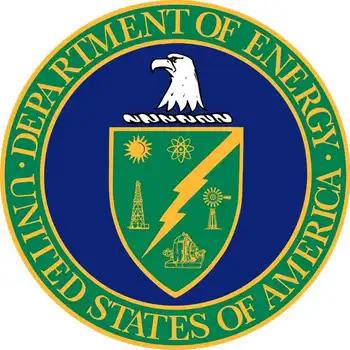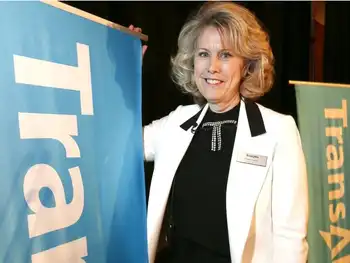Renewable energy gets push in Florida Legislature
Calling their decision "historic," the Florida Public Service Commission unanimously voted to send the Legislature the proposal that calls for 20 percent of their fuel mix to come from renewable energy sources by 2020. They also agreed that consumers could be charged up to 3 percent more in order to jumpstart the market for the clean technologies.
"We want to be a leader in this country in solar and wind," said Public Service Commission Chairman Matthew Carter. "We want to establish a dynamic and vibrant marketplace."
The commission's draft rule would require that 75 percent of the renewable energy fee go to finance solar and wind production and 25 percent go to finance biomass production.
The financial incentive is needed, commissioners said, because developing these projects is expensive and they want companies to be willing to build them in Florida.
The Legislature can approve or reject the recommendation before the rule takes effect. The recommendation is only a small piece in a large and complicated debate over how to spark investment into more environmentally friendly energy sources and reduce Florida's contribution to climate change.
The rule also recommends the following goals:
• 7 percent of the fuel used by power companies come from renewable energy sources by 2013, 18 percent by 2019 and 20 percent by 2020;
• commissioners will review the goals every three years;
• penalties for companies that fail to meet the goals;
"We have a long term commitment to it so these industries are going to come to Florida," Carter said. "We're going to have jobs. Florida's going to be a leader and we may even be able to export solar technology to other states... I'm all for leading."
The vote was a victory for Gov. Charlie Crist who first recommended the "20 percent by 2020" standard and won plaudits from the environmental and alternative energy industries. But PSC staff concluded last year that that wasn't achievable until 2041. Florida got 3.6 percent of its electricity from alternative energy as of 2007, the commission said.
The commission hired a private consulting company, Navigant, to conduct a thorough study and market analysis. Navigant concluded that Florida could reach at least 24 percent of its energy portfolio from renewable energy by 2020 with the right incentives.
At Crist's insistence, the 2008 Florida Legislature authorized the PSC to set the rule, but the Legislature gave itself the authority to approve or reject it. At the heart of the debate is the question of how fast Florida can develop solar and wind power at a reasonable cost to consumers and how much more to allow consumers to be charged to get the new technologies up and running.
Commissioner Lisa Edgar said that while she "doesn't generally like carve-outs," it may be necessary to charge customers more money to meet the 2020 goals.
Commissioner Nathan Skop agreed: "20 percent by 2020 is an ambitious goal and it's going to take money to get there," he said.
"We agree the people of Florida don't want to pay a lot for renewable energy," said Jerry Karnas of the Environmental Defense Fund. "But we also know they want renewable energy and they want a lot of it so the key is how do we get the most renewable energy for the least cost."
The commission also recommended that the Legislature exclude nuclear energy from the 20 percent requirement, something Florida Power & Light and other large utility companies fought hard to get.
Related News

Alberta shift from coal to cleaner energy
EDMONTON - The turn of the calendar to 2018 saw TransAlta retire one of its coal power generating units at its Sundance plant west of Edmonton and mothball another as it begins the transition to cleaner sources of energy.
The company will say goodbye to three more units over the next year and a half to prepare them for conversion to natural gas.
This is part of a fundamental shift in Alberta, which will see coal power completely eliminated by 2030, replaced by a mix of natural gas and renewable sources.
“We’re going to see that transition continue right up…




